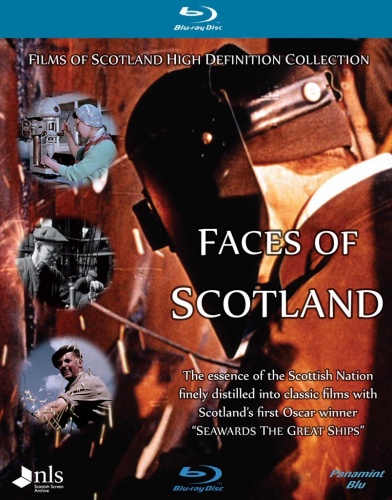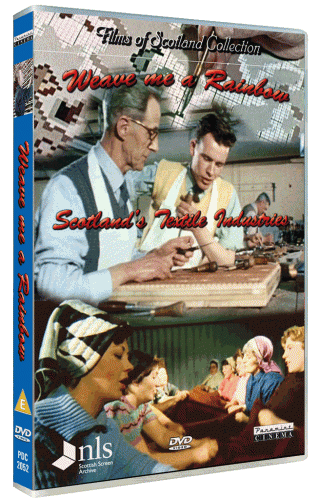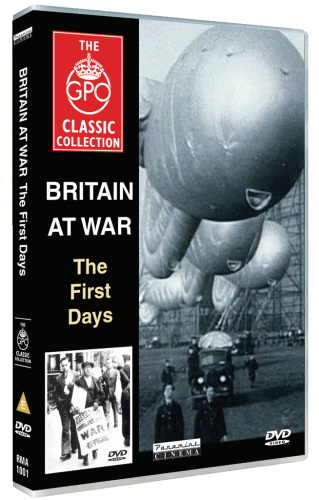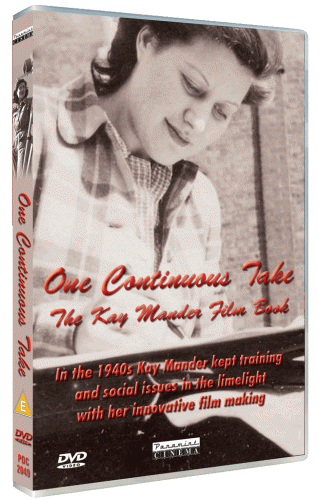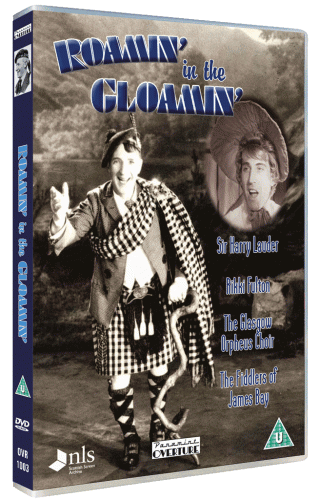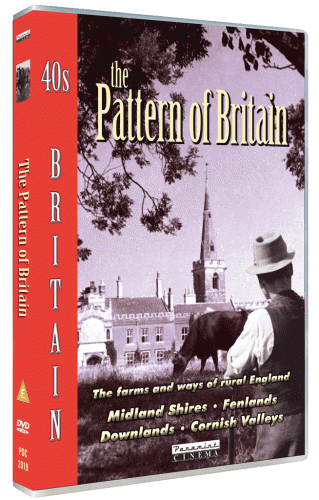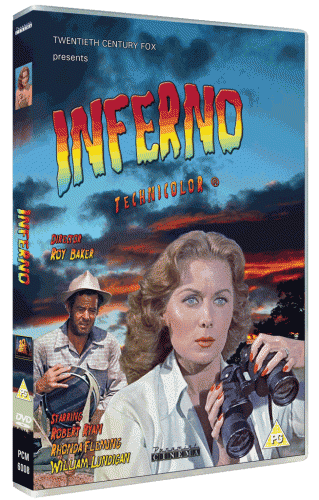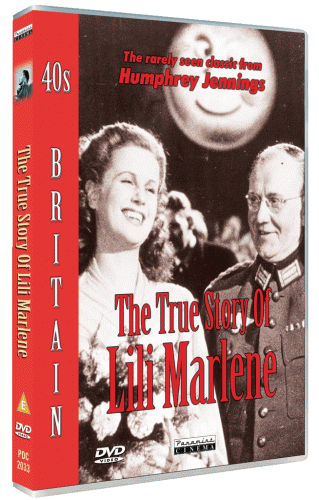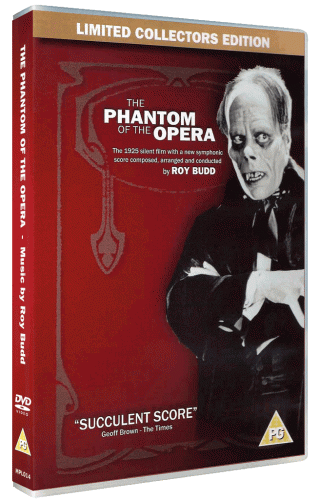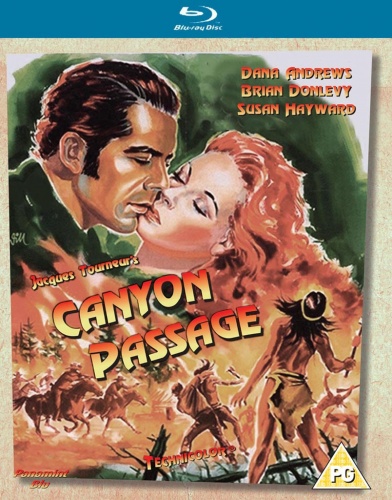The establishment of the British Documentary Movement in the 1930s, led by John Grierson at the GPO Film Unit, showed the importance of film for communicating with the general public for whom a weekly visit to the cinema was a "must" for many families. Grierson's reputation as a factual film maker, was further recognised in his native Scotland when he was asked by the fledgling Films of Scotland Committee, set up by the Scottish Office, to oversee the production of a series of films for the Empire Exhibition to be hosted by Glasgow in 1938. |
Blog
Brian Cox's Jute Journey: Hollywood actor Brian Cox visits his home town of Dundee to learn of jute workers who emigrated to Kolkata. It's the big constant in his life. Faces of Scotland: Nine restored films (seven on DVD edition) about Scotland's heritage. Includes Seawards the Great Ships, Scotland's first Oscar winner Young in Heart: Five industrial films of Scotland, including the design of the Hillman Imp; Rivers at Work - Hydro-Electric schemes in the Highlands, narrated by John Grierson; and The Invergordon Smelter. |
| In response to a request for a film that showed the importance of balloon barrage, Harry Watt, who worked on Night Mail made this compelling drama-documentary about the training of a balloon squadron and its first assignment to South Queensferry after an unsuccessful raid on Rosyth Naval Base near the Forth Bridge in October 1939. The raid by the Luftwaffe, with Heinkel 111 high level aircraft equipped with cameras for tactical reconnaissance sorties, and Junkers JU88A-1 dive bombers is often thought to have been an attempt to destroy the Forth Bridge. Nothing could be farther from the truth. Germany would have needed the bridge in the event of a successful invasion. The real target was H.M.S. Hood which had been at Rosyth Naval Base for a re-fit. Thankfully German intelligence was out of date as the Hood had departed some three weeks earlier. |
| The Highlands and Islands Medical Service was established in 1913 by the Liberal government, following recommendations by the Dewar Commission’s report on healthcare in Scotland’s isolated crofting and fishing communities. World War One delayed full implementation of the plan but by the 1930s affordable medical treatment was available to many remote areas of the country with funding extended to build hospitals and create an air ambulance service. Highland Doctor describes how important the service is while promoting the idea of a nationalised health service for the whole of Britain, predating the establishment of the NHS by five years. It was seen by a wide audience of people, particularly in rural areas, where it was screened in community halls, schools and factories by government mobile film units. |
Sir Harry Lauder in a Series of his World Famous Songs (1931, b/w). Sir Harry Lauder on stage singing several of his most popular songs, including "Keep Right on to the end of the Road", with comic routines. The Glasgow Orpheus Choir (1951, b/w). Sir Hugh Roberton conducts the Glasgow Orpheus Choir in their first screen concert as they sing various Scottish songs. Filmed in London eight days before the Choir's final broadcast and disbandment on 25th June, 1951. . . . and more . . . |
| The six films of The Pattern of Britain series were produced from 1944 to 1947 by Greenpark Productions. They celebrate the virtues and toil of the rural way of life throughout Great Britain at a time when many more people than today worked on the land, and the country was in great need during the war years. Each film describes how rural economies have developed in differing terrains through the country, and are beautifully filmed in black and white by leading producers, many of whom were later to produce their greatest works after the war years. |
| Not for the first time the Hollywood movie making machine faced falling numbers at the box office in the early 1950s. The growth in movie-making during the 1920s had been threatened by the Wall Street crash of 1929 and the depression of the 1930s. Filmgoers stayed at home more, their entertainment coming increasing from the radio, or the speakeasies for those who could afford it. The war years saw the need for entertainment more than ever, but as the 1950s dawned, another danger appeared in the form of that box increasingly appearing in the corner of living rooms everywhere. Television was another major threat which had to be met by the movie industry. Colour films, in the form of Technicolor and less costly formats, Trucolor and Cinecolor had made their mark, but the studios knew they had to continually differentiate themselves from the little square box. |
| In 1939 a young Swedish singer, Lale Andersen, recorded Lili Marlene, a sentimental love song, and when it was played to the Afrika Corps via Radio Belgrade, which had the most powerful short wave transmitter available to the German Army, it became a big hit with the lonely soldiers in the deserts of North Africa. But when this ballad began to be adopted as a battle song by both opposing armies, Joseph Goebbels, propaganda minister for the Third Reich, used his knowledge of her Jewish sympathies to silence Lale Andersen, and had her taken to a concentration camp. The song's fame grew and it was also recorded by Vera Lynn, Anne Shelton and Marlene Dietrich. |
| Whilst writing film scores and playing jazz dates and classical events all over the world, Roy Budd had always harboured the dream to write the music for the 1925 silent film classic, The Phantom of the Opera. In June 1993, he finally finished writing, orchestrating and recording his music. The symphonic score was his last composition before his untimely death in 1993, shortly before he was due to conduct his new creation, with an orchestra of 84 musicians at the Barbican, London, then The Paris Opera and The Berlin Opera. Along with the DVD release of the film, this is the first time Roy Budd's final score has been released to the public for their enjoyment. The CD booklet also includes exclusive photos of Roy conducting and editing the music for The Phantom of the Opera. |
A restless businessman always seeking new challenges, a feckless banker facing ruin, and two beautiful women torn between these two, plus the conflict between migrants and the indigenous peoples, could easily describe a tale of political turmoil! Instead these are the ingredients for one of the great Westerns, Canyon Passage, based on The Saturday Evening Post novel by Ernest Haycox. Set in 1850s Oregon Territory, with horsepower and wagons the vehicles of business long before the iron horse or even the rickety stagecoach were to revolutionise transport, Jacques Tourneur portrays the life of the early settlers in the stunning scenery of Oregon, with a fast-paced feast of action and romance. |
